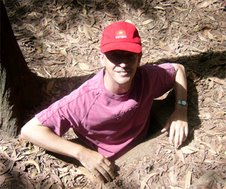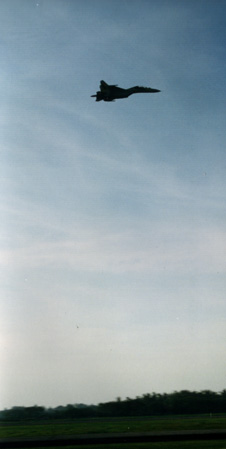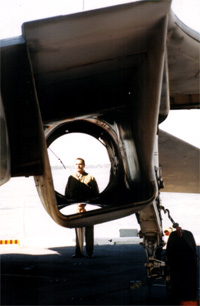Not so Sleepy Wellington - but Still Windy
I thought when I interviewed with Eric that my next overseas trip was going to be back into Asia but I ended up in New Zealand last week. In Wellington to be precise. Which is where the New Zealanders hide their politicians. In a building that the locals call the Beehive. It kind of looks like one of those upturned wicker type beehives , though nothing like the boxes we used to raid as kids - there were no bears in our woods doing that. It was the local ten year old boys, who would have copped a hiding if we had ever been caught. Wellington for me is always about memories of the Wahine disaster in 1968, also marked for being the year one of my sisters was born. Later I sailed into Wellington from Lyttleton and the bow of the Wahine was still protruding from the harbour waters. It has long gone but I still see it there in my minds eye. A buoy still marks the spot. Interestingly when I was there last week the winds that blew about town approached some of the speeds that lashed the harbour when that ship went down. Wellington has changed a lot since I was there in the early 1970s but it has a slow country town air which is pleasant. You can walk the length of the CBD very quickly but a slow stroll takes you through a quite cosmopolitan dining and drinking scene which is not what I have ever associated with this very windy place. I happened to be there in February actually and the businessman I was with for lunch bumped into two ex Army friends as we walked to lunch. Men he had not seen since his Army days. Its that sort of village.
The video here catches a more recent ferry heading for the harbour mouth, then the view out over Wellington (with the QE2 in port) and then some views of the Malborough Sounds as we headed back to Sydney.




























